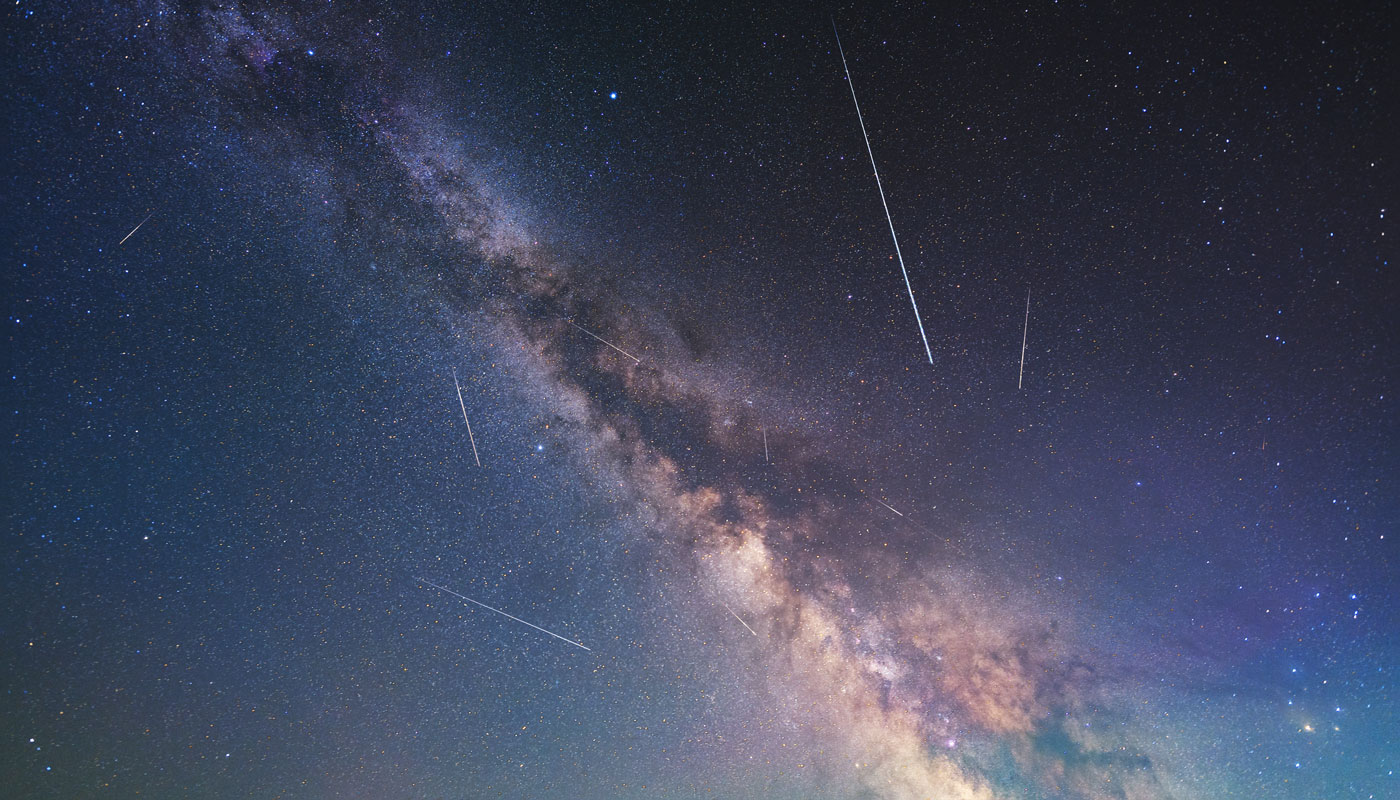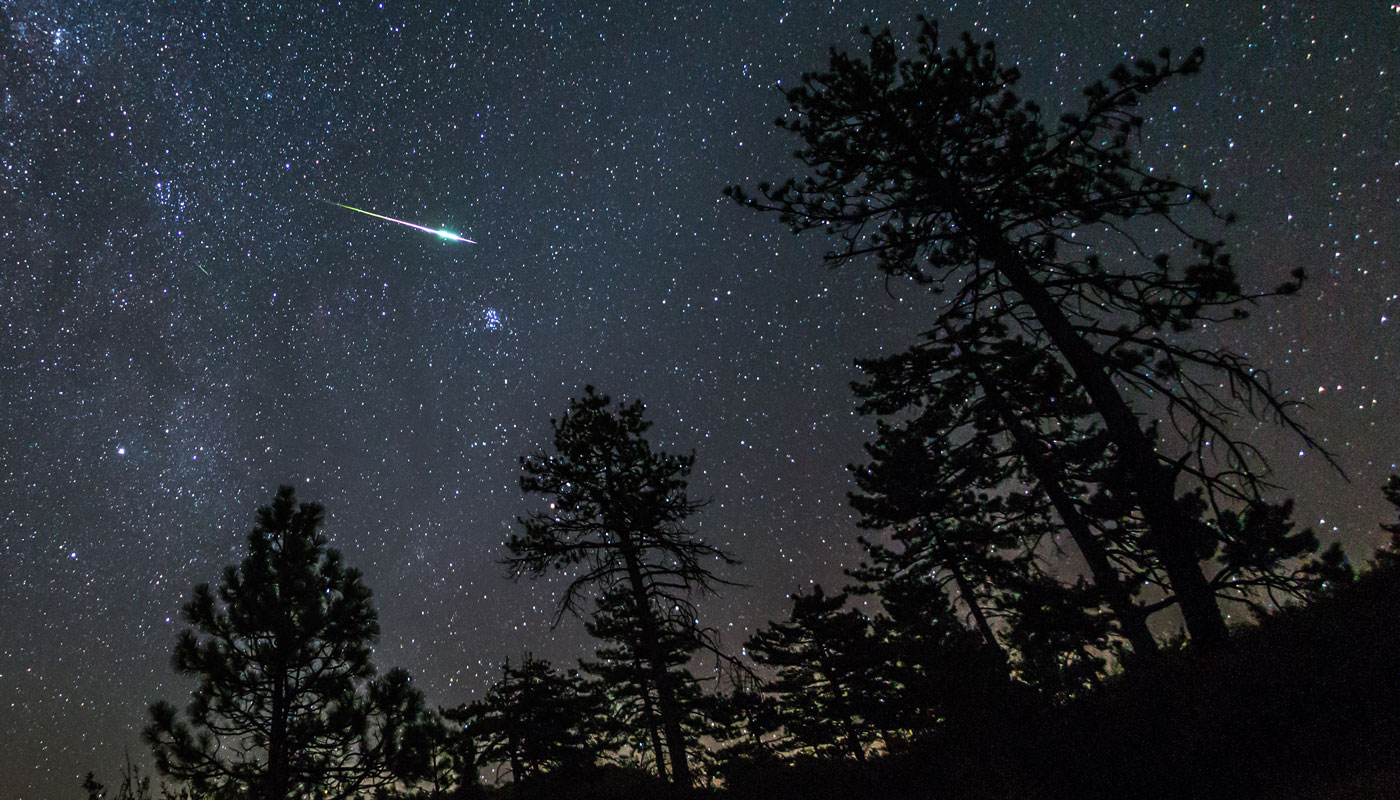Get travel tips and tricks
Prepare for the next meteor shower spectacle, check out our travel website. Or you can turn your sky show into an adventure with AAA TripTik to find fun stops along the way to your stargazing site.
Every year, from July through the beginning of September, the Perseid meteor shower puts on a dazzling nighttime performance as it passes through the sky from the direction of the constellation Perseus.
At the Perseid meteor shower’s peak, you can see around 50 to 100 meteors in an hour. Because there are so many, you won’t have to stare long to spot one. But if you really want to watch the whole show, here are some best stargazing tips.

The beauty of the Perseid meteor shower is that there is an abundance of shooting stars falling across the sky in all directions. This means you don’t need to focus your gaze on a specific spot. Instead, find a comfortable spot to lay back and let your eyes wander.
While a clear night is ideal, if the skies are cloudy in your area there’s not much you can do. Before you head off on your meteor shower adventure, be sure to check the cloud coverage forecast. If clouds are threatening, consider exploring alternative spots with clearer skies. You can find your area’s cloud coverage here.
Staring at the blue light that emits from your cell phone keeps your eyes from naturally adjusting to the dark sky, making it harder to see the stars. For the sharpest view, try to stay off your phone for at least 20 minutes to see even the faintest meteor streaks.
Speaking of bright lights, the light pollution found in cities with artificial light from buildings and streetlights takes away from the naturally dark canvas of the sky. If you can, try to drive somewhere secluded like a beach, field or woodsy area to see what you came for.
Turn your stargazing trip into an overnight one with our collection of car camping tips for beginners.
Get more details >>
Yes, even the moon’s bright glow can hinder you from being able to see some of the meteors that appear to pass by it. However, this one is a quick fix, just position your sight with the moon behind you as you watch. At midnight, the night sky is at its darkest, and the moonset is already starting.
Earlier in August, the annual Strugeon Moon makes its appearance in the sky. The moniker Sturgeon Moon comes from the large number of sturgeon fish that are usually caught around this time of year in the Great Lakes.
As you prepare to watch a mesmerizing display of the Perseid meteor shower, keep these tips in mind for a remarkable stargazing experience. With the right location, preparation and eagerness to be amazed, you can witness one of the best sky shows this year.
Caught the stargazing bug? Explore the 12 best destinations across the country and observe the stars for unparalleled views of the planets, the Milky Way, the northern lights and more.